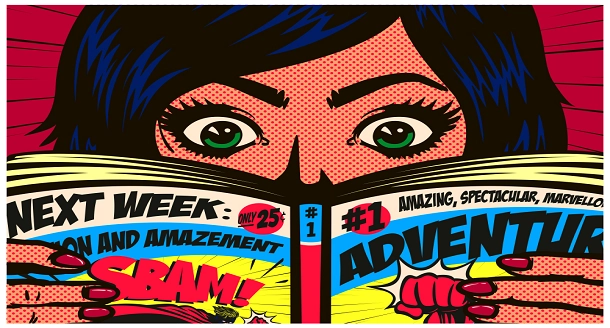There are three different types of comics. These are Action/Adventure, Superhero, and Personal narrative. Each has its distinct style and appeal. Let’s take a closer look at the various types and how they differ. This information can help you decide what you want to read.
Superhero:
Superhero comics are a cultural phenomenon that spans decades and borders. The book Authorizing Superhero Comics analyzes the genre as a long-lasting phenomenon, moving beyond a linear model and examining the conflicts of authorship that have driven its development. The authors explore the intersections of superhero comics and memory management and how superheroes have shaped our contemporary culture.
Comic book publishers DC and Marvel have made superheroes a mainstream phenomenon. They have made countless blockbusters, video games, and clothing lines based on their characters. While these two publishers dominate the field of superhero fiction, they aren’t the only creators creating comics about superheroes. Authors such as Austin Grossman, Michael Chabon, and Brandon Sanderson have made comics about popular superheroes.
In World War II, superheroes were a major part of the culture. However, the Axis forces were defeated as the villains of the day, and the superheroes’ popularity began to dwindle. The comic book industry was also struggling, and the number of superhero titles dropped. The publishers that did survive began to stray from the superhero genre and focus on new genres, which didn’t sell as well.
Personal narrative:
Personal narrative comics are stories about the creator’s life. The content varies from one individual to another. Some comics are about the author’s childhood, while others are about a family relationship. Personal narrative comics are an engaging form of storytelling. Readers can find themselves in the middle of the action or learn about someone else’s life through the comics.
Personal narrative comics challenge our preconceptions of what constitutes a document. They often question the importance of documents over experience and blur the boundaries between the imaginary and the real. They challenge the hierarchical classification of archives. The comics are a form of creative documentation that questions the meaning of archives.
Children’s:
Comics can offer both depth and escapist fun for young readers. From wordless animal adventures to complex teen identity sagas, the alphabetical book catalogue offers something for kids of all ages. Some of the best books for kids are the ones that have a moral or a social lesson.
However, the relationship between children’s comics and childhood is still unclear. While the genre has become increasingly popular among younger audiences, critical work on comics is still limited and incomplete. The enduring ambiguity surrounding the medium’s childhood origins may have limited the ability of researchers to develop a critical, nuanced understanding of comics as literature for children.
Unlike books for adults, comics are more enjoyable for young readers. In addition to providing hours of entertainment, comic books often help children develop literacy skills. They can improve reading comprehension by teaching children to “read between the lines,” a complex reading strategy. Further, comics teach children how to sequence events to make sense of the story.
Author Bio:
Carmen Troy is a research-based content writer, who works for Cognizantt, a globally recognized professional SEO service and Research Prospect; an 论文和论文写作服务 Mr Carmen holds a PhD degree in mass communication. He loves to express his views on various issues, including education, technology, and more.


